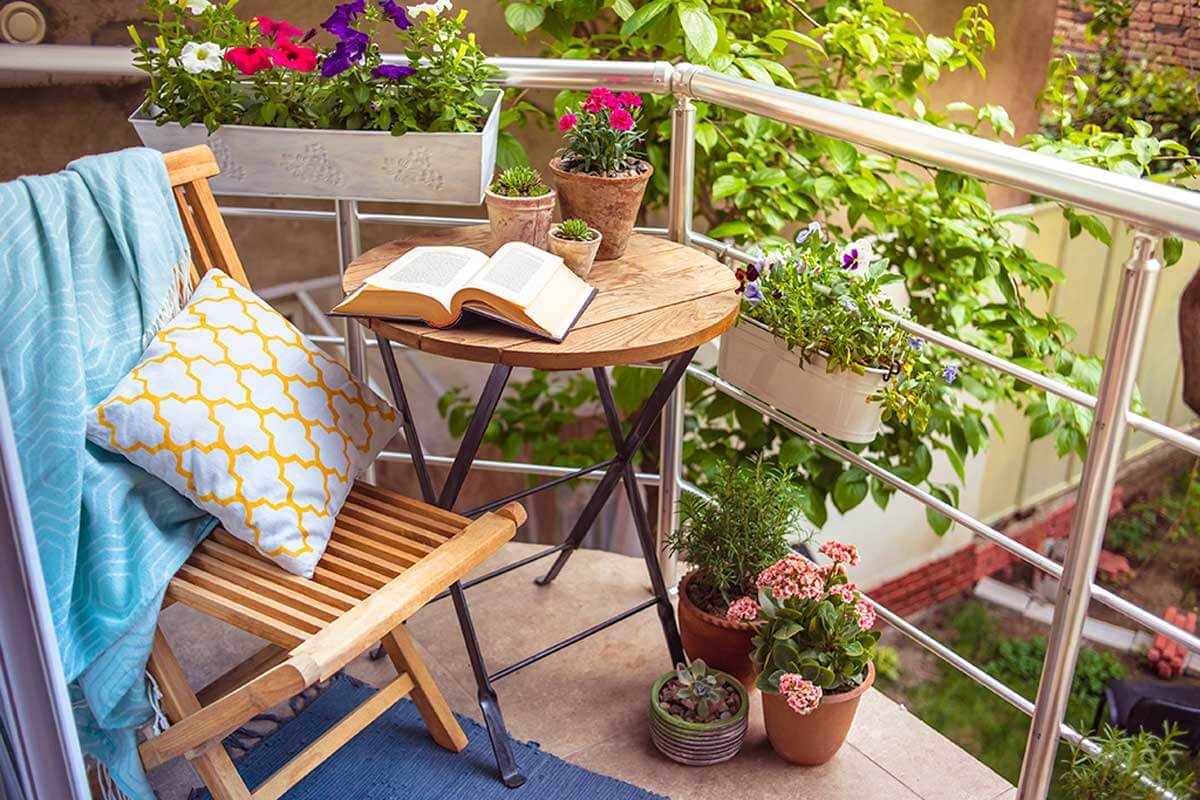Description: An indoor kitchen garden is a great option if you love growing things but have limited outdoor space. From flavoursome herbs to mini-vegetable options, we’ve got 15 great ideas for your home gardening projects.
Houseplants and healthy eating are in and many people are turning to their gardens and greenhouses to beat the lockdown blues.
Even if you don’t have much (or any) outdoor space, you can still grow healthy greens and herbs indoors with a kitchen garden. Check out our kitchen garden ideas to turn your windowsill into your own private farmer’s market.
15 Herbs and Vegetables to Grow in Your Kitchen Garden
- Basil
Basil is a staple of any kitchen garden. A perennial herb, basil likes bright sunlight and lots of water to flourish. Plant basil on a sunny windowsill and add the leaves to pasta, soups, and Italian dishes for a rustic, home cooked flavour.
- Sage
Sage cuttings can be replanted in pots and will flourish in sunny conditions. Sage is a great herb to add to your kitchen garden if you have a window box or windowsill space. Its aromatic quality adds delicious flavour to meat dishes, gravies, and sauces and it is believed to have anti-inflammatory properties.
- Parsley
Parsley loves full sunlight but can also grow in shady conditions. Perfect if your kitchen garden doesn’t get a lot of light. Parsley only flowers biennially, so you’re probably best-buying plants rather than seeds if you want to use it straight away.
- Thyme
Looking for an innovative kitchen garden design? Thyme is a creeping herb that is great for cooking and that sprouts pretty buds if allowed to grow freely. If you’ve got space, an indoor raised bed is a perfect space to grow thyme.
- Chilis
Chilis are great greenhouse plants and grow surprisingly well indoors with full sunlight. A chilli plant on a windowsill can yield large amounts of red, green, and yellow chilis and their homegrown freshness adds plenty of kick. Excellent for spicing up your cooking!
- Cucumbers
Indoor gardens don’t have to be limited to herbs. You can grow kitchen garden vegetables like small cucumbers inside, so long as you have deep pots and add a wooden stake to support them as they grow. These little tasty delights are amazing pickled or chopped up in salads.
- Microgreens
Microgreens, like micro mustard greens or micro-radishes, are diminutive in size but packed full of flavour and nutrients. They make excellent garnishes and are popular with top chefs. If you can afford to splash out on kitchen accessories, microgreen kits or smart gardens make great kitchen garden tools.
- Tomatoes
Tomatoes are wonderful sources of Vitamin C and are mouth-watering in salads, soups, and pasta. You can start by planting your tomato seeds in a cardboard egg box and then repot them as they get bigger. Unlike many indoor kitchen garden plants, well-kept tomatoes can grow enormous so make sure you have lots of window space.
- Salad Greens
Who doesn’t love fresh, homegrown salad? Ideal for packing nutritious lunches and for summer meals. An indoor tower garden is ideal for growing salad greens like lettuce and arugula.
- Chives
Chives are excellent kitchen garden herbs and like bright sunlight to grow. If you’re planting chives from seedlings, remember to keep them cool for the first few days to let them germinate. After this, they are good to go in the window. Combines chives and with cream cheese for a tasty potato filling.
- Mint
Mojitos anyone? Mint is an extremely versatile herb and is literally the secret ingredient in many scrumptious recipes. Add mint to your kitchen garden for its flavour enhancing properties and freshness.
- Chamomile
Chamomile is known for its soothing tendencies and chamomile tea is great for relaxation. There are two main types of chamomile plant: Roman and German. For an indoor kitchen garden, we recommend Roman as German chamomile that can grow several feet tall.
- Tarragon
Tarragon is the perfect herb to add to chicken or mushroom dishes. Tarragon grows well in the sun and can be replanted from outside. To get the best out of your tarragon plant, use some liquid fertilizer to help it flourish.
- Peppermint
Fresh peppermint tea has been shown to help digestion and is anti-inflammatory. Steep peppermint leaves in hot water and enjoy. Peppermint prefers shady environments so avoid bright sunshine.
- Watercress
Sprinkle watercress seeds into your windowsill seed tray and leave to grow. Watercress seeds do not need to be buried but they should have constant access to water. Lay your trays in dishes of water and make sure the roots can reach it to enjoy watercress as a delicious, crunchy topping.
Conclusion
No matter the size of your kitchen, you can produce plenty of fresh herbs and veg. After all, grown fresh always tastes best. We hope our list has given you some kitchen garden inspiration.
Final Call: Do any of these herbs or plants grow in your kitchen garden? Which ones grow best for you? Do you cook with them? Share your gardening tips and recipes in the comments!





